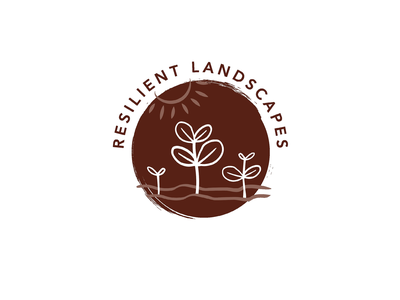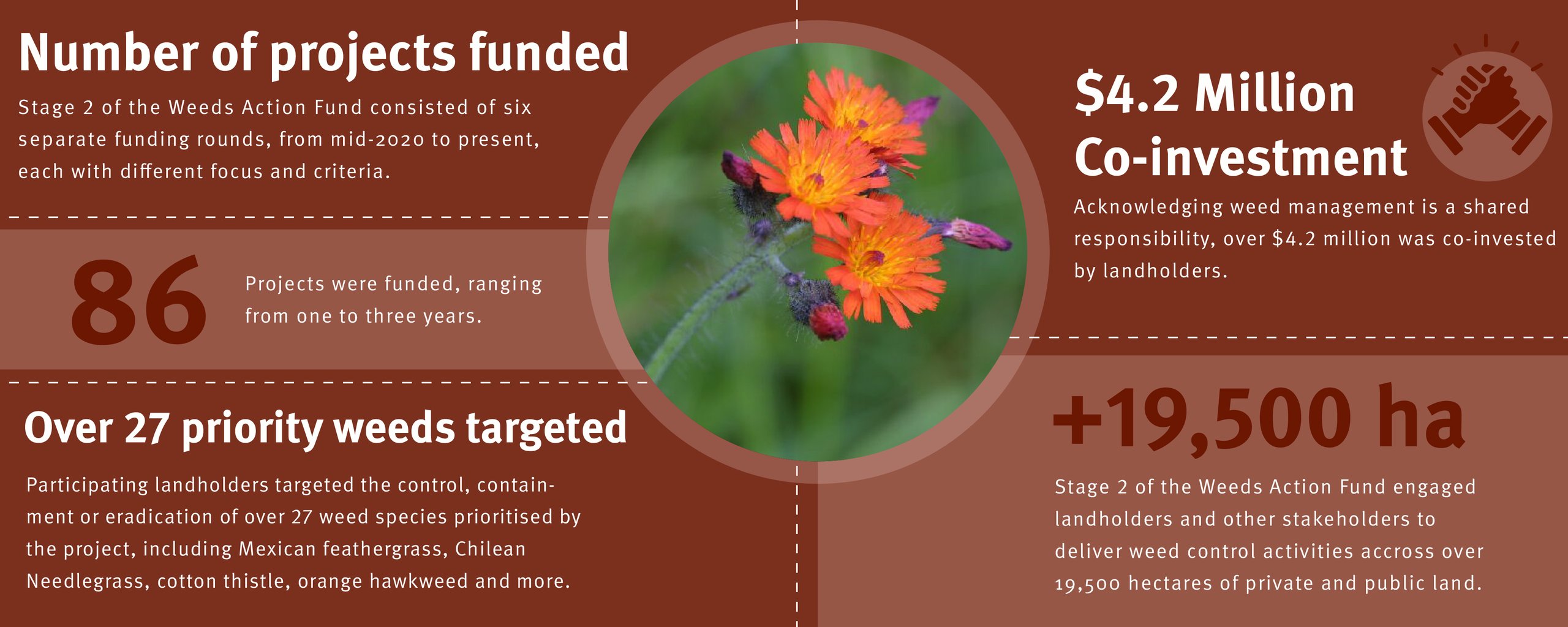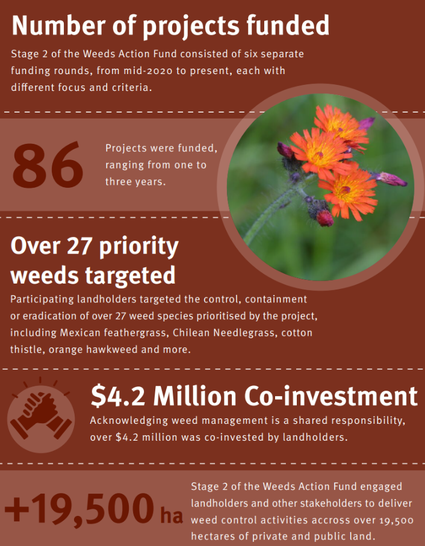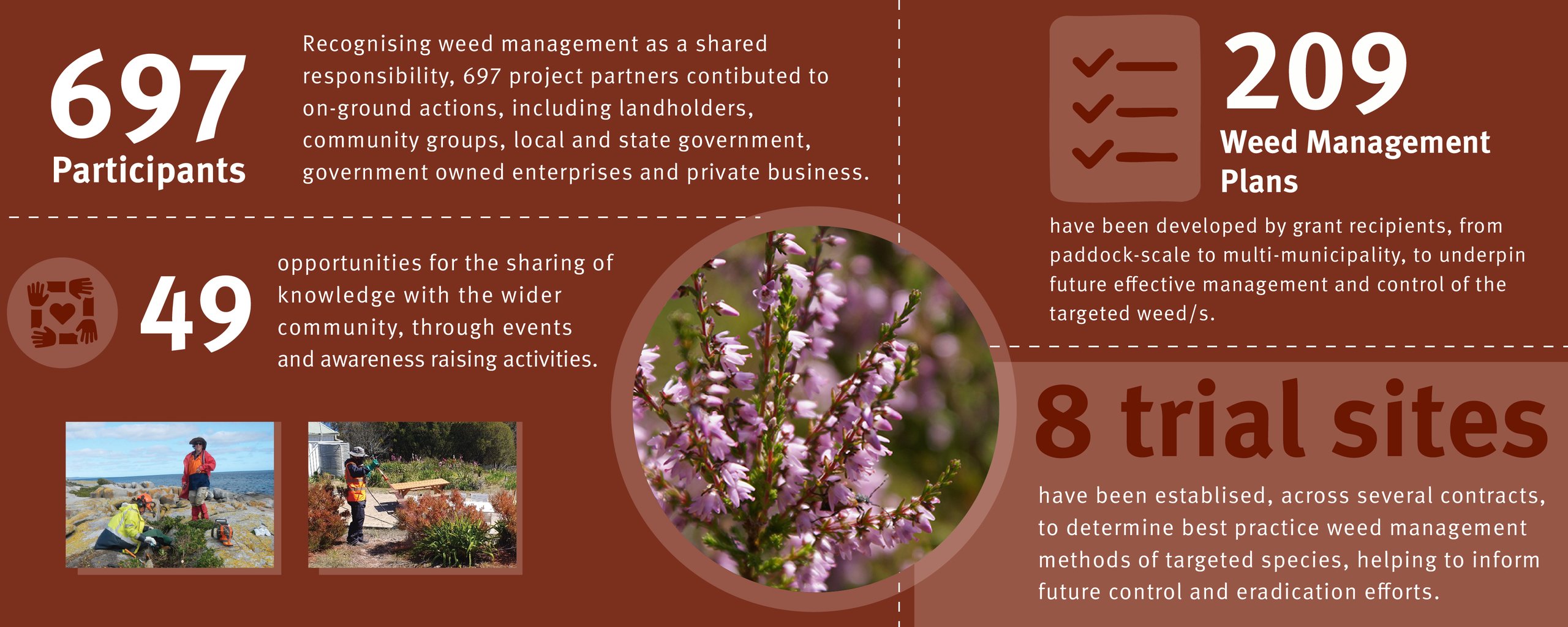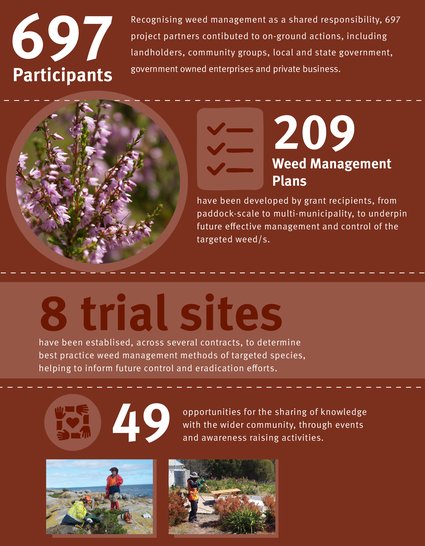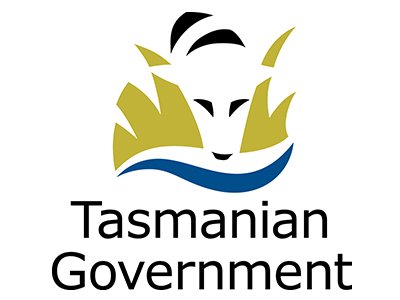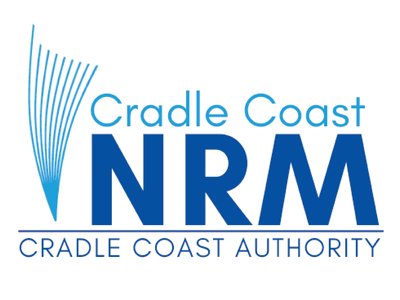Tasmanian Weeds Action Fund, Stage 2
Since 2019, the Tasmanian Weeds Action Fund (WAF) has delivered over $6 million to the Tasmanian community to support farmers and other community organisations tackle weeds impacting valuable agricultural and environmental assets across the state.
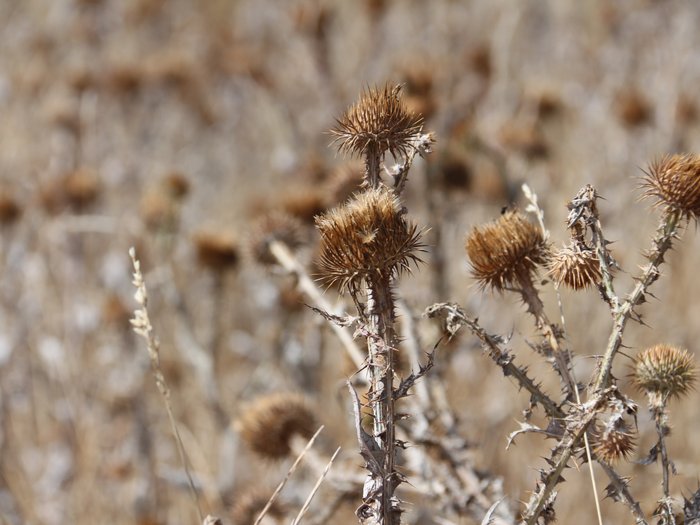
Cotton thistle (Onopordum spp.) untreated will reseed and continue to spread.
Background
Background
In 2018, the Tasmanian Government announced the creation of a new Weeds Action Fund of $5 million over five years commencing in 2018/19. Additional funding of $1,400,000 over two years was announced in the 2023/24 state budget.
A key principle underpinning the Tasmanian Weeds Action Fund is that of “shared responsibility”. Landowners, local government and the broader community are encouraged to be strategic and work together to identify, and where possible, eradicate priority weeds that impact their land. Co-investment (of cash or in-kind resources) through the life of the program and beyond will achieve high-level value for money and enduring long-term outcomes.
Stage 1 of the WAF was delivered by Biosecurity Tasmania (from mid-2018 to 2020), and Stage 2 (mid 2020-2025) was delivered by NRM North. Stage 3 is being delivered by the Department of Natural Resources and Environment Tasmania (NRE Tas) and commenced in 2025. Stage 3 will support targeted weed projects across two years, focusing on several priority weeds and weeds in priority regions.
“Tackling a weed problem of this size can seem overwhelming but by working together, and with co-investment from the Weeds Action Fund, we’re confident we can effectively control gorse on our properties.”
“Tackling a weed problem of this size can seem overwhelming but by working together, and with co-investment from the Weeds Action Fund, we’re confident we can effectively control gorse on our properties.”
John Atkinson, landholder
John Atkinson, landholder
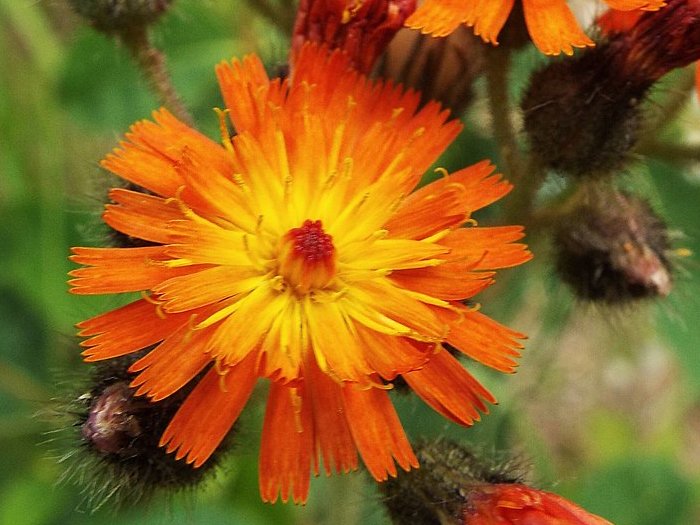
Orange hawkweed (Pilosella aurantiaca subsp. aurantiaca) has been found in open woodland and grasslands, poor pastures, roadsides and neglected areas in the Southern Midlands, Central Highlands and around Hobart.
Achievements
- - - - - - - - - - - - - - - - - - -
Get involved
There is still time to join the fight against weeds in Tasmania
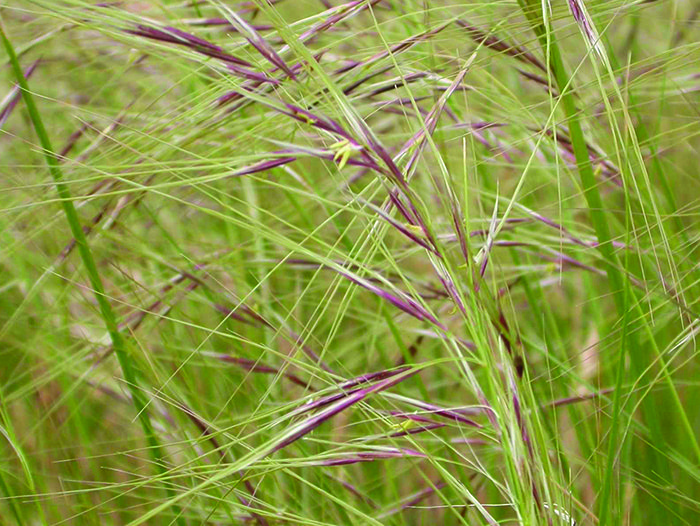
Chilean needle grass (Nassella neesiana) has a damaging effect on sheep as long, sharp seeds injure the animals, downgrading lamb and sheep meat, wool, skins and hides.
Stage 3
Stage 3
The Weeds Action Fund Stage 3 is being administered by NRE Tas. $1.4 million has been allocated for WAF Stage 3 and will be used to support six targeted weed projects across two years, commencing in 2025 and focusing on several priority weeds and weeds in priority regions.
The six projects cover priority weeds and specific regions of the state and include:
- North-West and Western Tasmania Priority Weeds
- Furneaux Islands Priority Weeds
- Invasive Perennial Grasses – Northern and Western Tasmania
- Invasive Perennial Grasses – Southern and Eastern Tasmania
- Foxglove Education and Awareness
- Emerging Priority Weed Threats
Further information about Stage 3 of the initiative, can be found on the NRE Tas website.
Annual site monitoring and post-project maintenance
Annual site monitoring and post-project maintenance
As part of Stage 2 of the Tasmanian Weeds Action Fund (WAF) funding agreements, recipients are required to maintain project outcomes for a period of 10 years post project, and provide annual updates for ongoing site monitoring and post-project maintenance as far as reasonably practicable.
Completion of this online form will serve as their annual project update.
Partners
This project is funded by the Tasmanian Government through the Tasmanian Weeds Action Fund facilitated by NRM North with support from NRM South and the Cradle Coast NRM.
